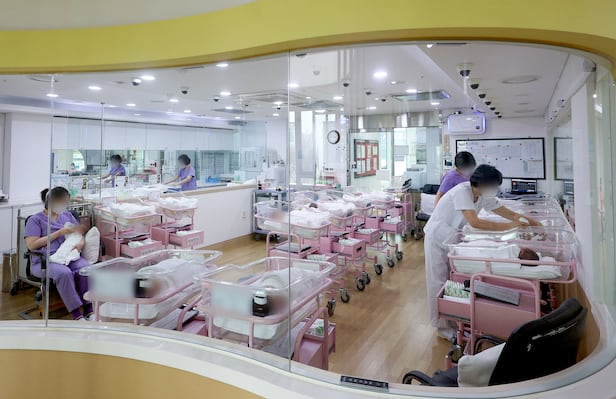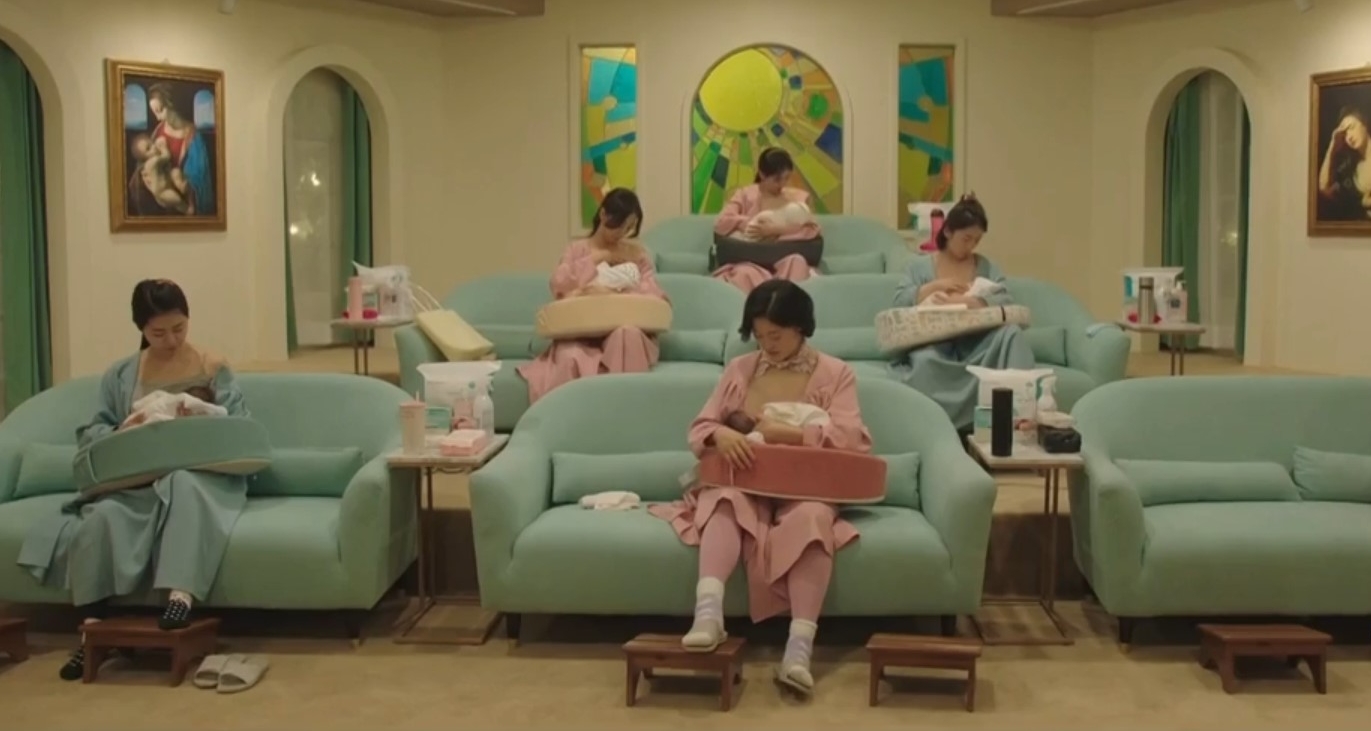Is South Korea’s Postpartum Care System a Good Fit for the United States?
Is South Korea’s Postpartum Care System a Good Fit for the United States?
Introduction
South Korea’s postpartum care centers, or sanhujoriwon (산후조리원), provide a unique and supportive environment for new mothers to recover after childbirth. Offering professional care, education, and recovery services, these centers have gained international attention. But could this model work in the United States? In this blog, we’ll explore how South Korea’s postpartum care system compares to U.S. postpartum practices, its potential benefits, and the challenges of implementing such a system in the U.S.
1. What Are Postpartum Care Centers?
Postpartum care centers in South Korea are specialized facilities where new mothers and their newborns stay for 1–3 weeks after hospital discharge. These centers provide:
- Maternal recovery services: Nutrition, health monitoring, and massages.
- Professional newborn care: Round-the-clock assistance with feeding, bathing, and sleeping routines.
- Education: Classes on breastfeeding, baby care, and postpartum mental health.
- Comfortable accommodations: Private rooms equipped for mother and baby.
In South Korea, these centers bridge the gap between hospital discharge and at-home recovery, offering a stress-free start to motherhood.
2. The Current Postpartum Care System in the U.S.
Postpartum care in the United States differs significantly from South Korea’s model:
- Short hospital stays: Mothers typically leave the hospital 1–2 days after natural delivery and 2–3 days after a C-section.
- At-home recovery: Most postpartum recovery occurs at home, often without professional assistance.
- Limited professional support: While lactation consultants, doulas, and postpartum nurses are available, these services are not universally accessible or affordable.
- Follow-up care: U.S. mothers generally receive one postpartum checkup at six weeks unless complications arise.
The U.S. system places more responsibility on families and less on professional or community-based support.
3. Benefits of Postpartum Care Centers for the U.S.
Implementing a postpartum care system like South Korea’s could address several gaps in U.S. postpartum care:
-
Improved Maternal Health:
- Regular health monitoring could help detect and address complications like postpartum hemorrhage or preeclampsia early.
- Professional guidance on nutrition and recovery could reduce postpartum depression risks.
-
Newborn Safety and Support:
- Professional newborn care could ease the transition for first-time parents, improving infant health outcomes.
- Education on feeding, swaddling, and sleep routines would empower parents with practical skills.
-
Mental Health Benefits:
- Dedicated recovery time in a supportive environment could alleviate postpartum stress and anxiety.
- Opportunities to connect with other mothers could reduce feelings of isolation.
-
Standardized Care:
- Postpartum care centers would offer consistent, high-quality services, reducing disparities in maternal healthcare.
4. Challenges of Implementing Postpartum Care Centers in the U.S.
While the benefits are clear, adapting the sanhujoriwon model to the U.S. faces several obstacles:
-
Cost and Accessibility:
- The average cost of postpartum care in South Korea ranges from USD 1,600–4,000 for a 2-week stay. In the U.S., such a system could be significantly more expensive due to higher labor and facility costs.
- Without government subsidies or insurance coverage, affordability could be a barrier for many families.
-
Cultural Differences:
- The U.S. places a strong emphasis on independence and at-home recovery, which may conflict with the concept of extended stays at care facilities.
- Many American mothers rely on family support rather than professional services.
-
Healthcare Infrastructure:
- Establishing postpartum care centers would require significant investment in infrastructure, staffing, and training.
- The fragmented nature of U.S. healthcare may make standardization difficult.
-
Insurance and Policy Limitations:
- U.S. insurance companies typically cover limited postpartum services, making widespread implementation of postpartum centers challenging without policy changes.
5. What the U.S. Can Learn from South Korea
Despite these challenges, the U.S. could adopt elements of South Korea’s postpartum care model:
-
Community-Based Postpartum Services:
- Localized care centers or partnerships with hospitals could provide accessible postpartum recovery options.
-
Increased Education and Support:
- Expanding access to postpartum classes and professional lactation consultants would benefit new parents.
-
Government Subsidies and Policies:
- Subsidized postpartum care or insurance reforms could make professional support more affordable for families.
6. Conclusion
South Korea’s postpartum care centers provide a holistic and supportive approach to postnatal recovery, offering lessons that could benefit the U.S. While fully implementing this system in America would face logistical and cultural challenges, adapting key elements—such as increased professional support, standardized care, and community-based services—could significantly improve postpartum outcomes. By prioritizing maternal and newborn health, the U.S. can move toward a more supportive and comprehensive postpartum care model.
Call to Action
What do you think about introducing postpartum care centers to the U.S.? Share your thoughts in the comments below, and follow this blog for more insights into global healthcare practices and parenting tips!





Comments